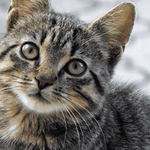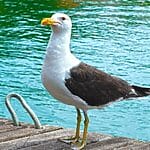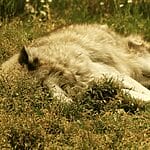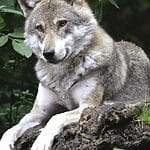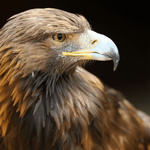Kangaroos might seem like a dominant species to many – namely due to their size and musculature.
However, they too can fall victim to various predatory creatures, reminding us that as far as nature goes, there is always something bigger.
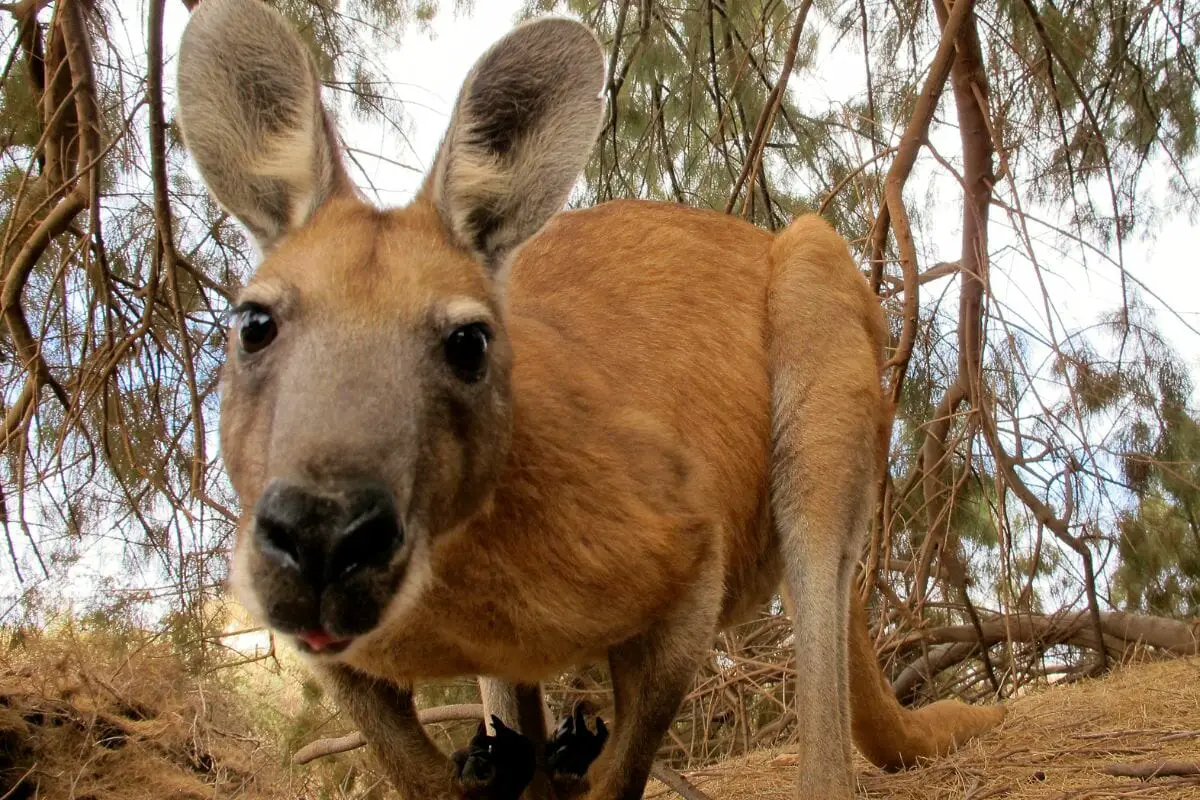
But what exactly eats kangaroos, and what makes them susceptible to predation?
What Eats Kangaroos?
Unfortunately for the kangaroo, there are several animals of varying types that prey on kangaroos for their meat – many of which might come as a surprise to those who aren’t in the know.
Dingoes
Dingoes are the primary predator of kangaroos, and are a form of wild dog that hunt in packs.
This makes them especially dangerous to the kangaroo population, who despite their own agility, struggle to outrun a pack of hungry dogs.
Dingoes similarly pose a threat to livestock, animals, and humans, and are as such considered a dangerous pest by farmers and landowners – often leading to them being illegally culled in more rural regions.
Domestic Dogs
Funnily enough, even domestic dogs have been known to attack, kill, and eat kangaroos for their meat.
Ultimately, even a domesticated dog is still a dog at heart, and given the right circumstances, temperament, and opportunity, a dog has the potential to do some real damage, especially if they feel threatened by the kangaroo.
Feral Cats
While mainly a threat to unattended young kangaroos, feral cats can still prove dangerous, mainly due to their speed, agility, and their teeth and claws.
Smaller breeds of cats are often written off as harmless, domesticated creatures, but they are more than capable of hunting and killing prey of varying sizes.
However, more than often enough, they are known to feed on kangaroo carcasses that have been left by larger predators, and are less likely to attack full grown, live kangaroos by themselves.
Foxes
Foxes are also opportunists and scavengers, as well as being pack animals, and have been known to attack and feed on kangaroos for their meat.
This tends to be young kangaroos who are separated from their mothers, but they are also known to feed on the carcasses of fully grown kangaroos as well.
They often kill kangaroos by biting them in the neck, causing mortal injury or instant death – proving that they are truly as wily as their reputation suggests.
Goannas
Also known as monitor lizards, goannas are large, omnivorous predators more than capable of attacking and killing kangaroos.
As opportunistic hunters, goannas exploit water sources as hiding places, attacking larger creatures while at their most vulnerable.
Despite their size, they possess sharp claws and teeth, meaning that with a few well placed strikes they can down small and large prey alike.
Humans
Of course, within any list of predators and general sources of destruction, human beings are always likely to make an appearance.
Kangaroo meat is a widely consumed meat within Australia and the surrounding islands, often considered a delicacy in many parts of the country.
What’s more, humans have long poached kangaroos for their skin, which can be made into leather goods such as coats, belts, and bags.
Human beings also pose the risk of habitat loss amongst the kangaroo population, as rural expansion damages natural ecosystems and environments where countless species reside.

Tasmanian Devils
Tasmanian devils have a reputation for being… ‘cranky’, shall we say. Afterall, you don’t tend to get the name ‘devil’ for no reason.
They are carnivorous marsupials, and despite their small stature possess one of the strongest bites in the world, making them more than capable of taking down an unsuspecting kangaroo with little to no effort.
However, Tasmanian devils generally feed on dead animals, making them more likely to eat dead kangaroo carcasses left behind by other predators.
Despite this though, they are opportunistic, and more than capable of eating all manner of things – especially when they are hungry enough.
Wedge Tailed Eagles
Surprisingly, these are one of the most common predators of kangaroos, using their superior hunting skills to soar into the air and dive down on unsuspecting prey.
They are also equipped with extremely sharp claws and beaks, meaning that kangaroo flesh stands little chance against even the most idle of attacks.
They are also very large, using their size to dominate their prey and corner them ready for the kill.
However, they generally feed on carrion – that is, the dead carcasses of animals left behind from other predators, traffic collisions, or natural causes.
Marsupial Lion
While no longer found in the wild, this was once a prominent predator of kangaroos.
Once making their homes in dense, forested areas, they were expert hunters, who would use their strength, speed, and sharp teeth and claws to catch their prey before they even knew what was happening.
These were even known to kill red kangaroos, the largest kind of kangaroos in existence.
Wonambi
This is an extremely large species of snake found in Australia. They are constrictors by nature, using their size and length to strangle kangaroos to death, before swallowing them whole for digestion over long periods of time.
Extinct Creatures
Several extinct creatures once hunted kangaroos for their meat. These include the fearsome Tasmanian tiger, and the megalania.
The Tasmanian tiger was a marsupial predator found in Tasmania and New Guinea. Roughly the size of a wolf or large dog, they would hunt in packs, and were accomplished predators.
Megalania were a large species of lizard that went extinct around 50,000 years ago. At 20 feet long and 2000 lbs, they were once the top predator in Australia, hunting various mammals for food.
Final Thoughts
And there we have it, the top predators of kangaroos found in Australia and the surrounding islands and territories.
While perhaps misconstrued as a dominant animal, the kangaroo is just as susceptible to predators as any other creature, with numerous species eating kangaroo for their meat alone.


